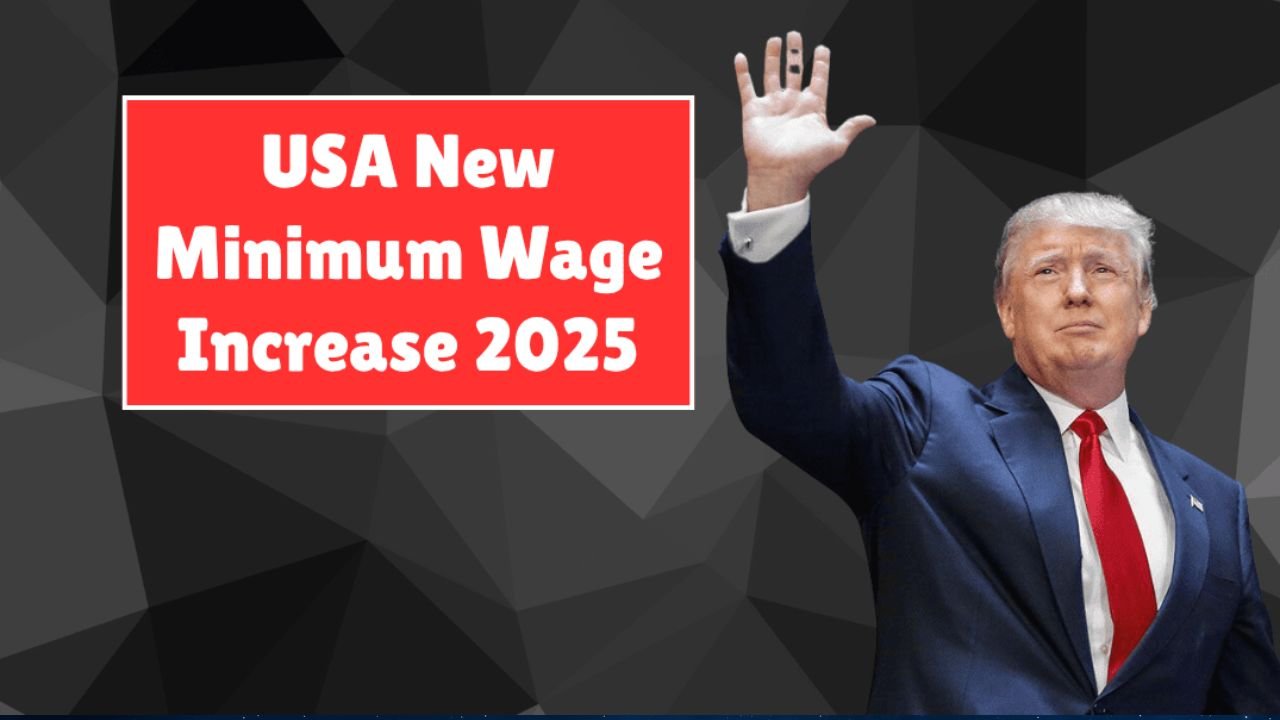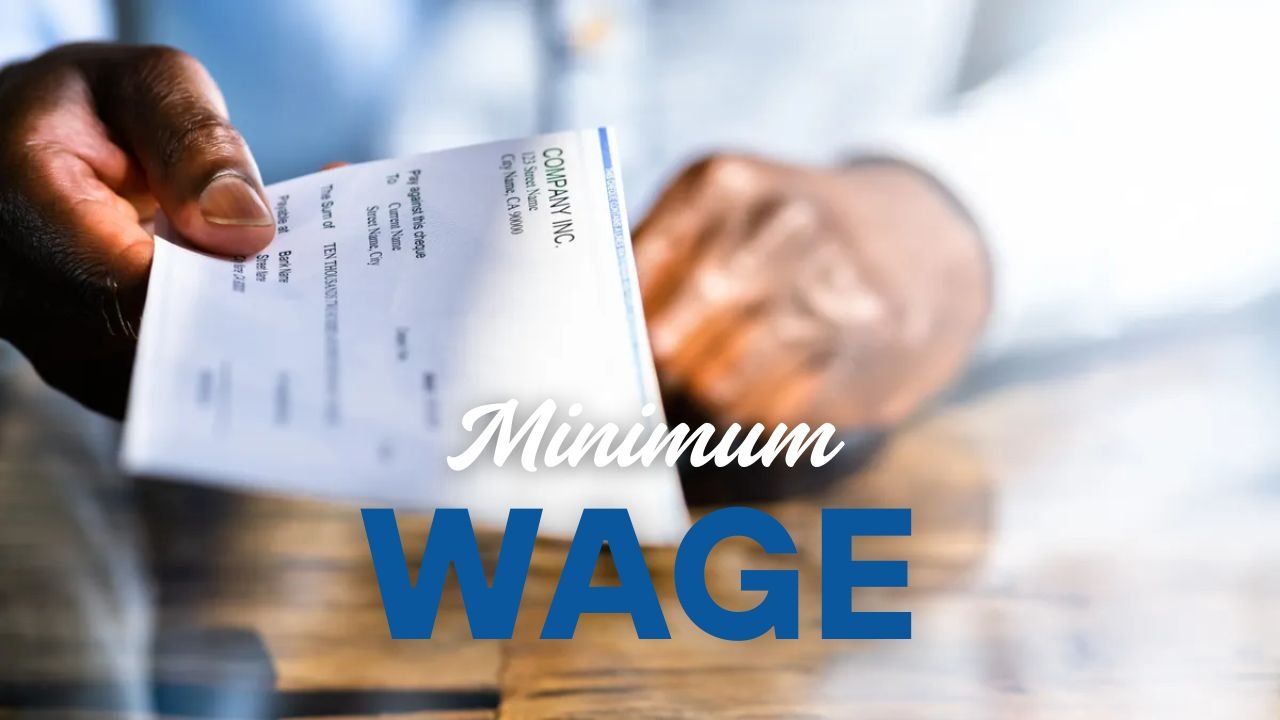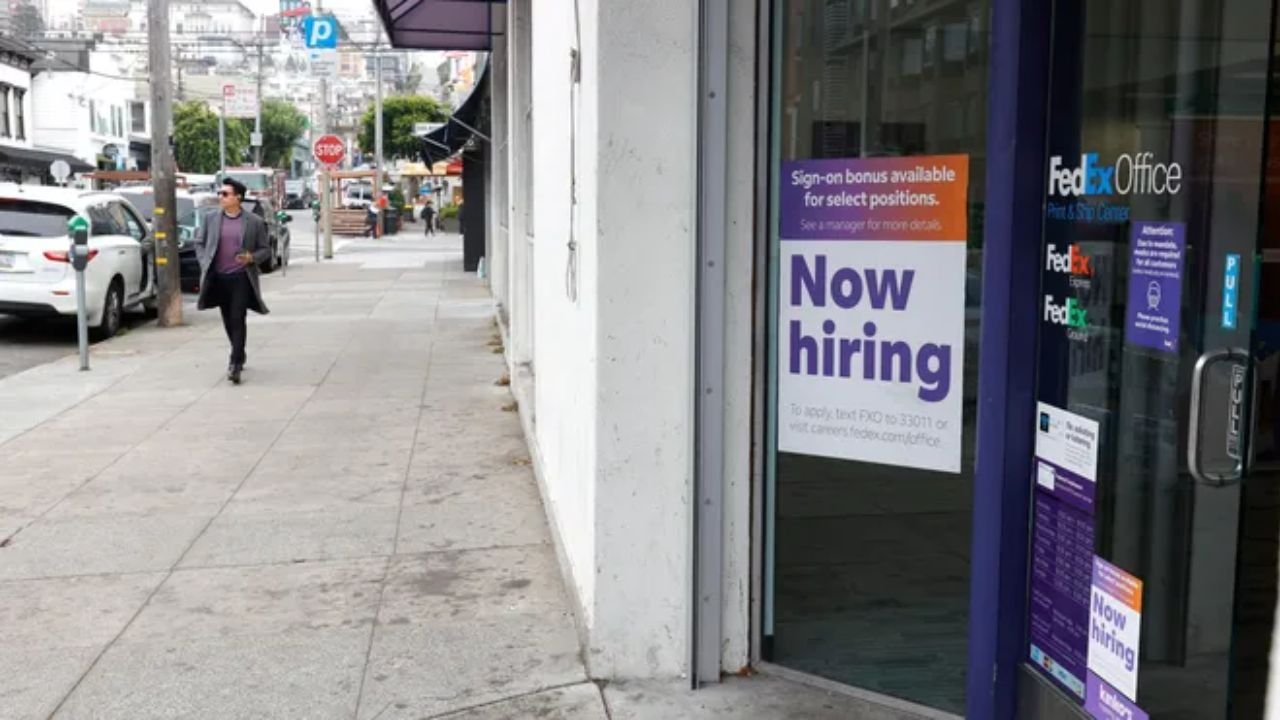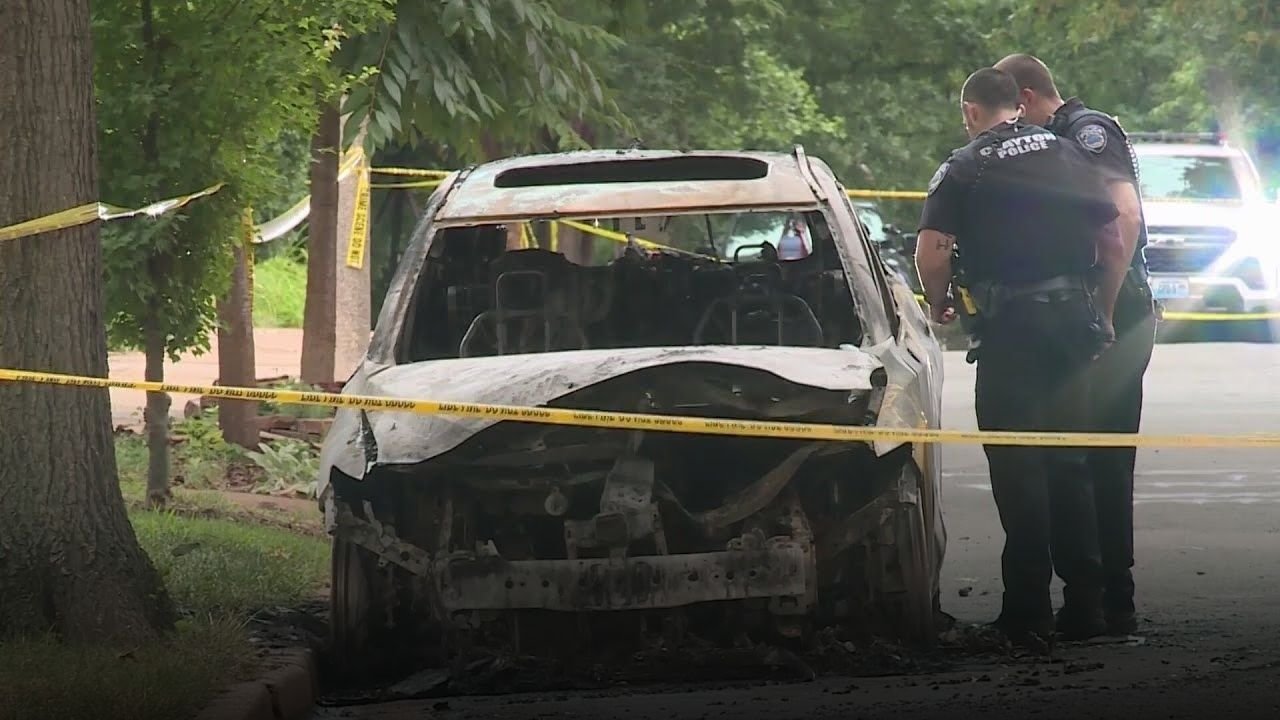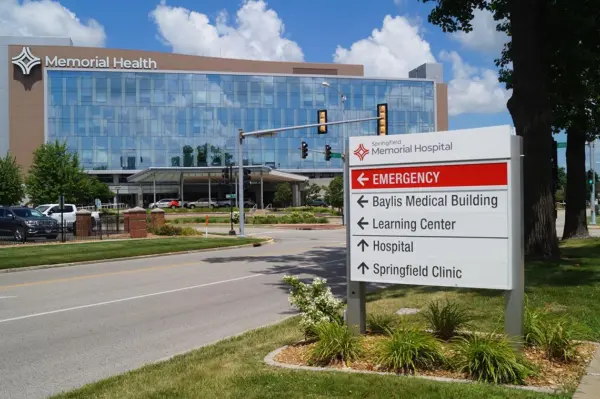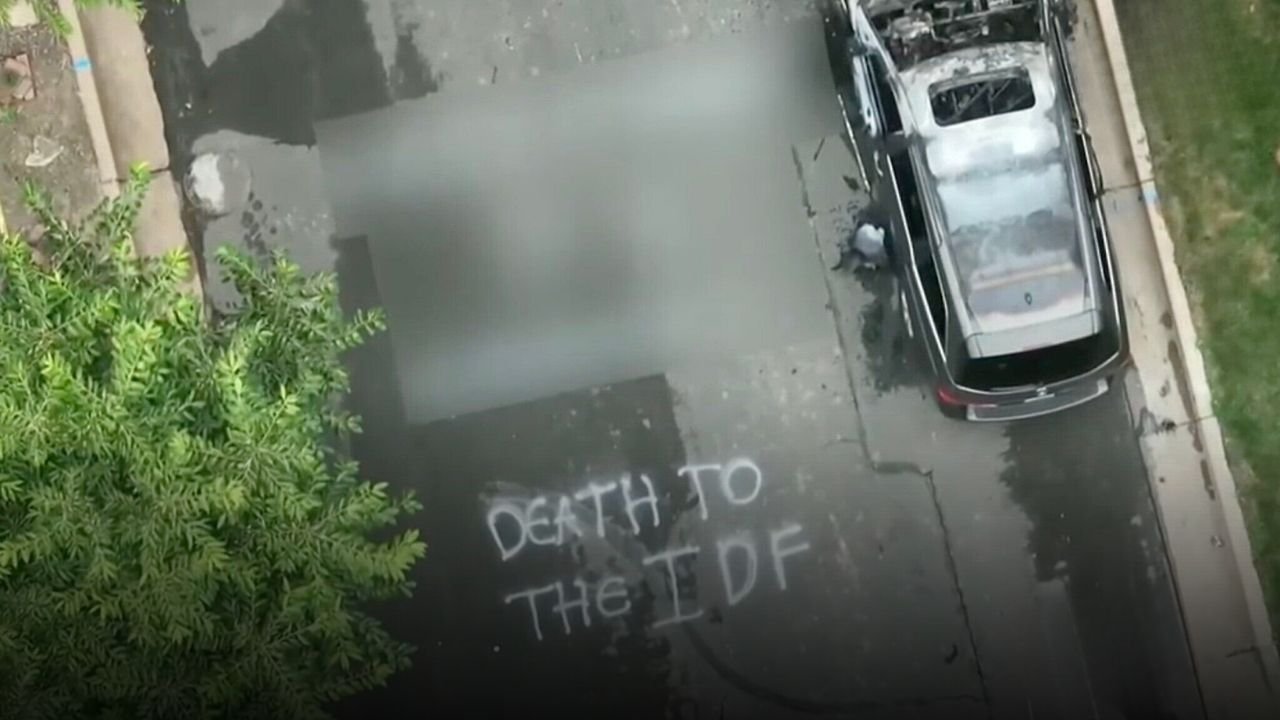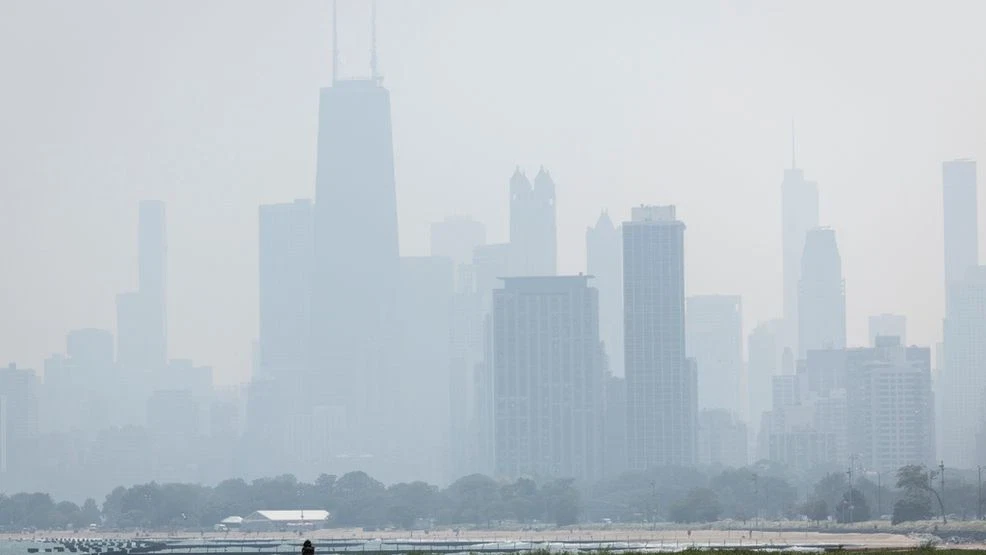ILLINOIS — A new fiscal report has ignited statewide debate after revealing that Illinois is projected to spend $2.5 billion on migrant-related services by the end of 2025 — a figure that significantly overshadows what the state allocates for its homeless population.
The analysis, conducted by the Illinois Public Policy Institute, breaks down expenditures on migrant programs such as:
-
Healthcare
-
Welcome centers
-
Emergency food
-
Rental assistance
-
Resettlement services
-
Temporary housing programs
According to a breakdown published by Fox News, Illinois has already exceeded migrant spending estimates by more than $400 million in 2023 alone. That overrun, the report notes, “was enough to shelter the entire homeless population of Illinois for a full year.”
“This isn’t just about costs — it’s about misplaced priorities,” said a spokesperson from the Illinois Public Policy Institute, referencing the sharp rise in state-funded migrant care at a time when cities like Chicago are struggling with rising homelessness and budget deficits.
Comparison With Homeless Funding
The state’s rising costs related to migrant care have drawn criticism, particularly as emergency shelters for non-migrants remain underfunded in several Illinois counties. Advocates for the homeless population argue that current policy choices are leaving long-term residents behind.
“We’ve got working-class people sleeping in cars, but hundreds of millions are being redirected to support recent arrivals,” said one Chicago-based shelter director who requested anonymity due to political sensitivities.
Images shared by Fox News show crowded makeshift facilities and migrants sleeping in converted public spaces — scenes many Chicagoans have grown familiar with over the past year.
Political Backlash and Public Debate
The report’s release comes amid heightened political scrutiny, especially with Illinois already grappling with budget shortfalls, teacher layoffs, and crime concerns. Critics are questioning how the state will continue to fund such expansive programs as migrant numbers grow and federal support fluctuates.
“This is not a sustainable path,” wrote Illinois State Rep. Blaine Wilhour (R), “We need to put Illinois families and workers first, not last.”
While Governor J.B. Pritzker’s office has not yet formally responded to the report, previous statements from the administration have defended the state’s migrant spending as part of a “compassionate and federally guided humanitarian response.”
Still, the report’s data suggests that costs may climb further — especially if migrant intake and shelter demands remain high into 2026.
What do you think about Illinois’ projected $2.5 billion migrant spending? Should more funding go toward local homeless residents instead? Let us know in the comments at ChicagoSuburbanFamily.com.



